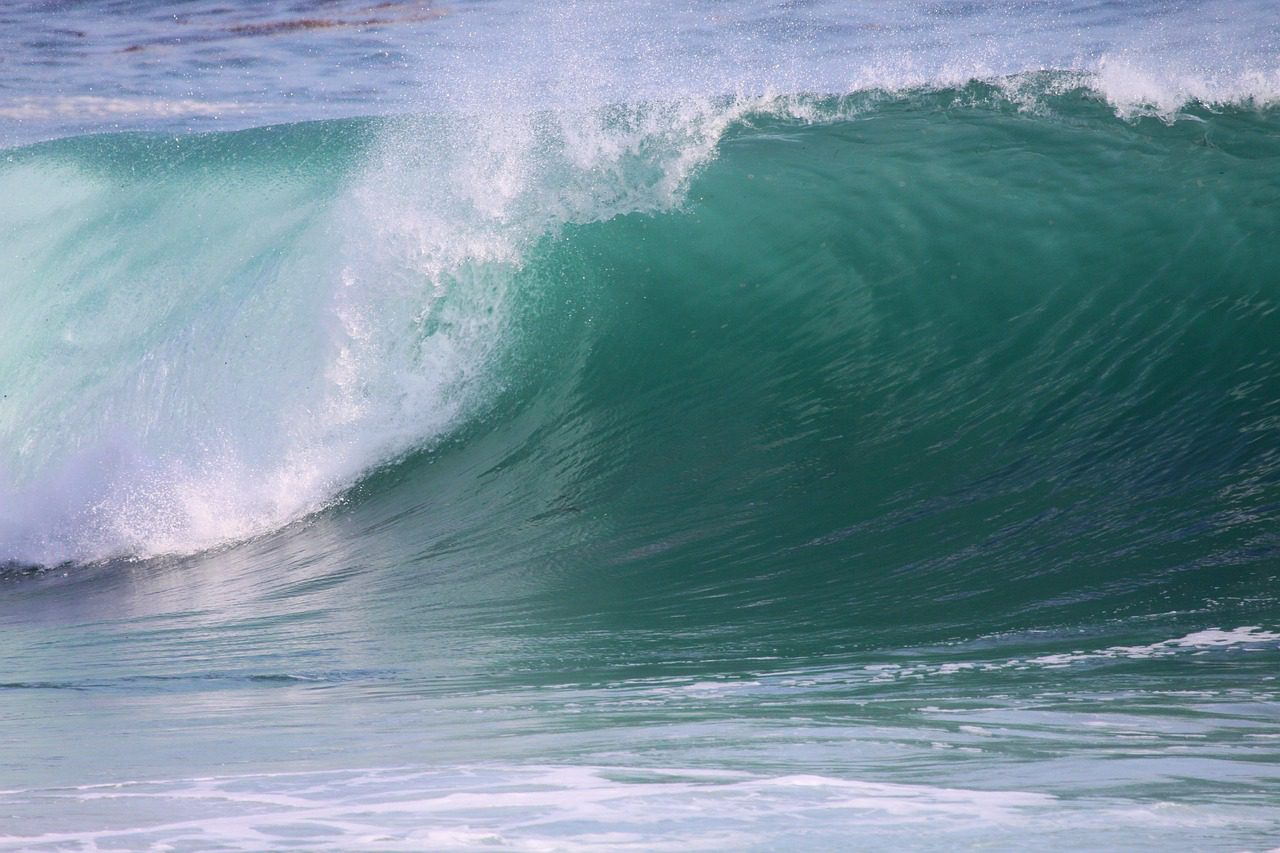Climate Change
the Water-Energy Nexus


Water and energy resources are fundamentally and inextricably connected. According to the California Energy Commission, the transportation and treatment of water, treatment and disposal of wastewater, and the energy used to heat and consume water account for nearly 20 percent of the total electricity and 30 percent of non-power plant related natural gas consumed in California, the world’s fifth-largest economy. Because half of California’s electricity still comes from methane-belching natural gas, how we manage and power our water sector has enormous climate implications. Expensive and energy-intensive water supply sources like desalination and imported water will only increase greenhouse gas emissions and exacerbate climate change. Continuing to rely on imported water from Northern California and the Colorado River through hundreds of miles of pipelines and canals is also risky, given the rapid disappearance of the Sierra snowpack, increasingly unpredictable rainfall patterns, and the increased likelihood of prolonged drought, and the perennial risk that earthquakes and landslides pose to lo long-distance water transportation infrastructure.
Climate Change and Conservation


The San Diego region’s only sustainable long-term water supply solution is to conserve water, increase our water storage capacity locally, and capture, treat, and reuse the wastewater and stormwater that we currently discharge into our waterways and ocean. This solution is multi-benefit in that it will reduce polluted runoff into our streams, rivers, and coastal waters while simultaneously providing a low-carbon, resilient, local, predictable, and future-proof water supply. Other climate-smart solutions include planting shade trees to mitigate the urban heat-island effect and sequester carbon. Restoration efforts to widen, expand, and re-wild our urban streams, wetlands, estuaries, and riverside parks will mitigate the ever-increasing risk of wintertime flash floods and ocean swells, reducing coastal and riparian erosion, improving the health and quality of our waterways, filtering out pollutants, restoring habitat, and providing recreational opportunities and much-needed shade to the people of San Diego.















